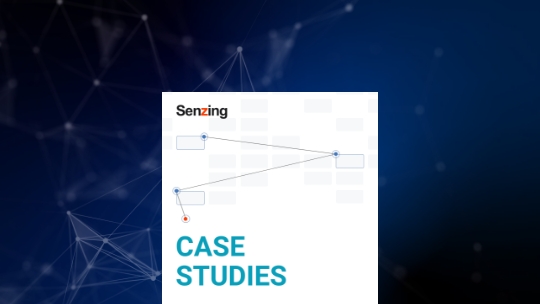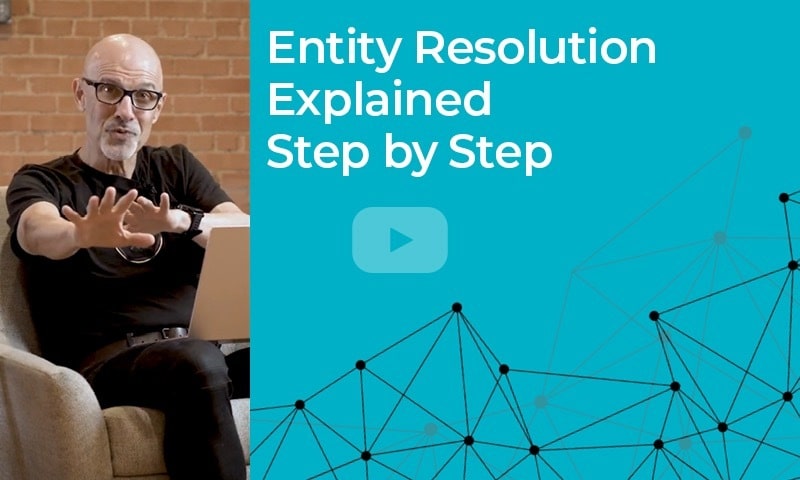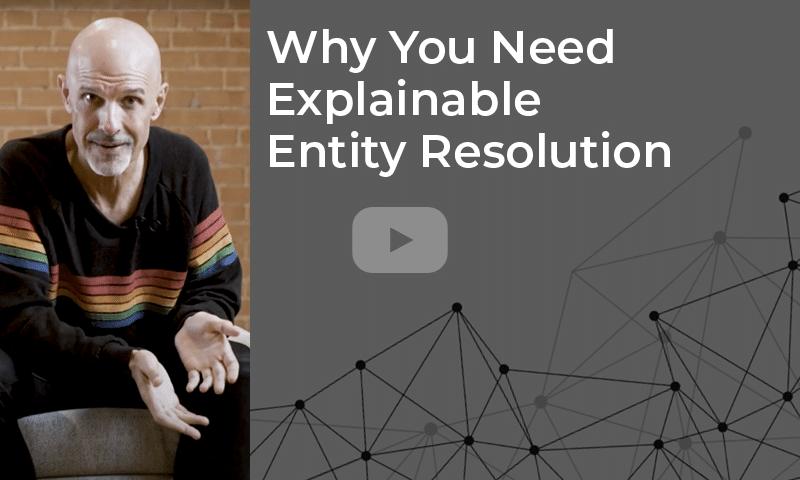Most entity resolution or data matching systems don’t recognize relationships. Senzing® software, however, incorporates relationship awareness and detection into its solution to provide richer context and deeper insights from your data. Without relationship awareness, it’s difficult to identify and understand households (for marketing or Customer 360 initiatives), complex fraud rings and other networks.
Relationship Awareness
Upgrade how you relate data to data.
With Senzing relationship-aware entity resolution technology, you can uncover:
 Upsell opportunities for top-line revenue growth
Upsell opportunities for top-line revenue growth
 Fraud rings responsible for theft and abuse
Fraud rings responsible for theft and abuse
 Inappropriate employee and vendor relationships
Inappropriate employee and vendor relationships
 Relationships indicative of fraudulent behavior
Relationships indicative of fraudulent behavior
 Bad actors intentionally obfuscating their identities
Bad actors intentionally obfuscating their identities
 Compliance requirements per FinCEN and KYC
Compliance requirements per FinCEN and KYC
Relationship Awareness Functionality
Senzing software finds paths and degrees of separation between entities, identifying networks and relevant relationships, including both disclosed and discovered relationships.
 Disclosed relationships
Disclosed relationships
Disclosed relationships are based on provided data, such as a credit application guarantor or an emergency contact on an employment application. Disclosed relationships can be labeled to explain the relationship dynamic (such as parent, child, sibling, spouse, owner, originator or affiliate).
 Discovered relationships
Discovered relationships
Discovered relationships are determined by records that share an address, phone number, email or other attribute. Entity resolution results improve when the system can identify and is aware of discovered or derived relationships.
For a simple example, see the figure below which shows a discovered relationship between Entity 1 (“Jr”) and Entity 2 (“Sr”) based on a shared address and phone number. Most entity resolution systems wouldn’t identify this relationship (because they only evaluate for whether records match or don’t), while Senzing software will identify this and other relationships.
Relationship Awareness Improves Analytics and Decision-Making
Entity resolution results improve when the system recognizes disclosed relationships and discovers relationships formed by records with shared details. By finding degrees of separation and concentric spheres of interest, you get a richer context which leads to better downstream analytics.




